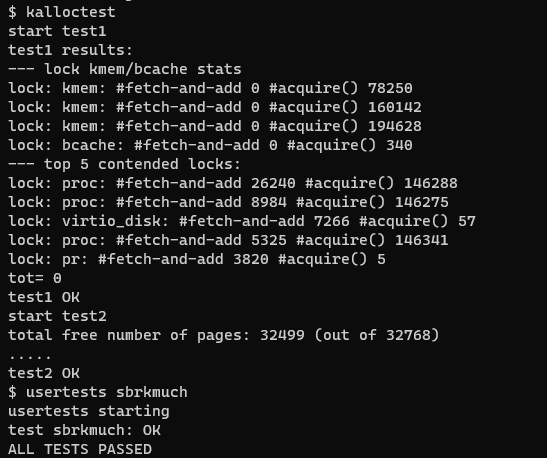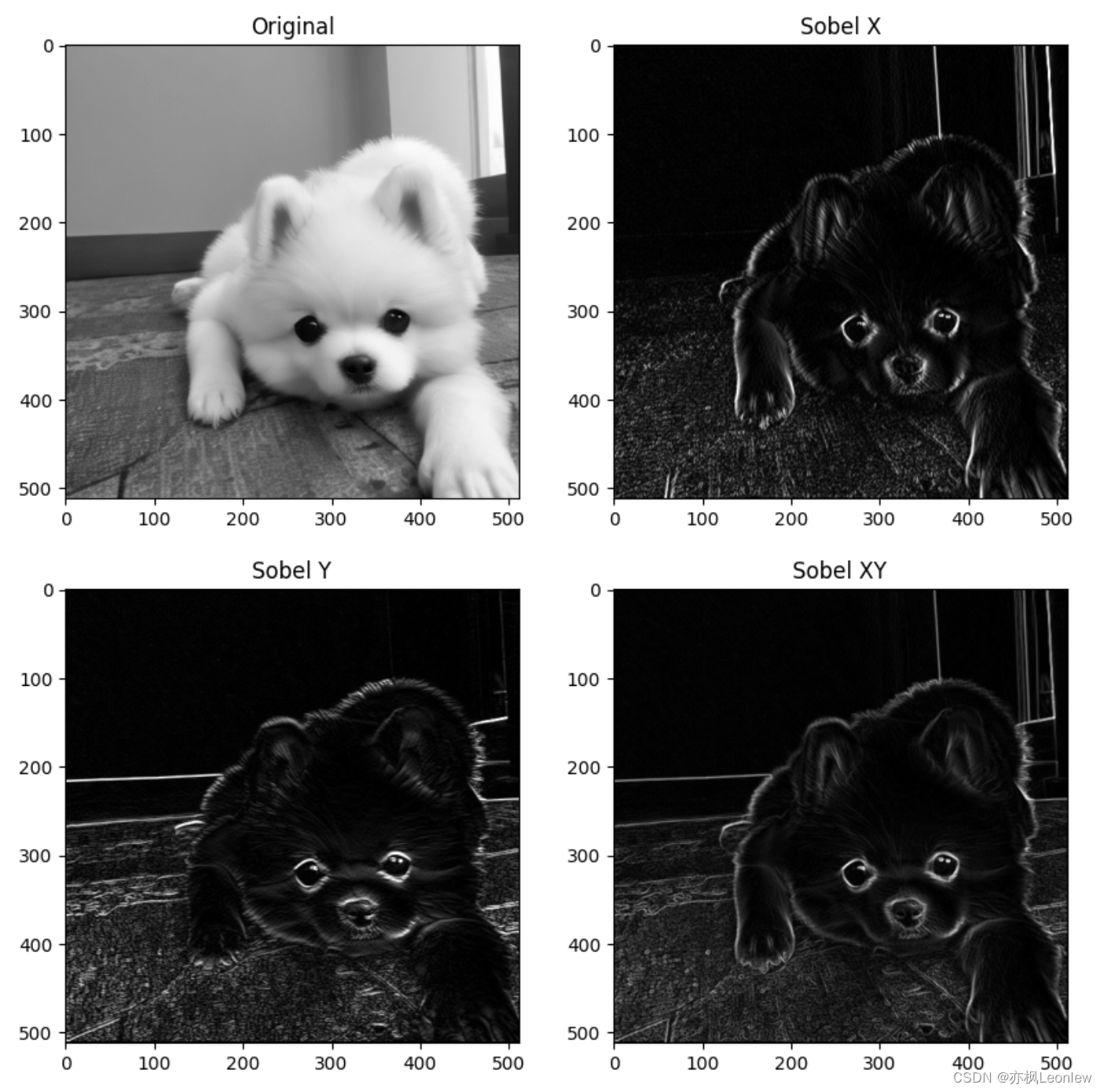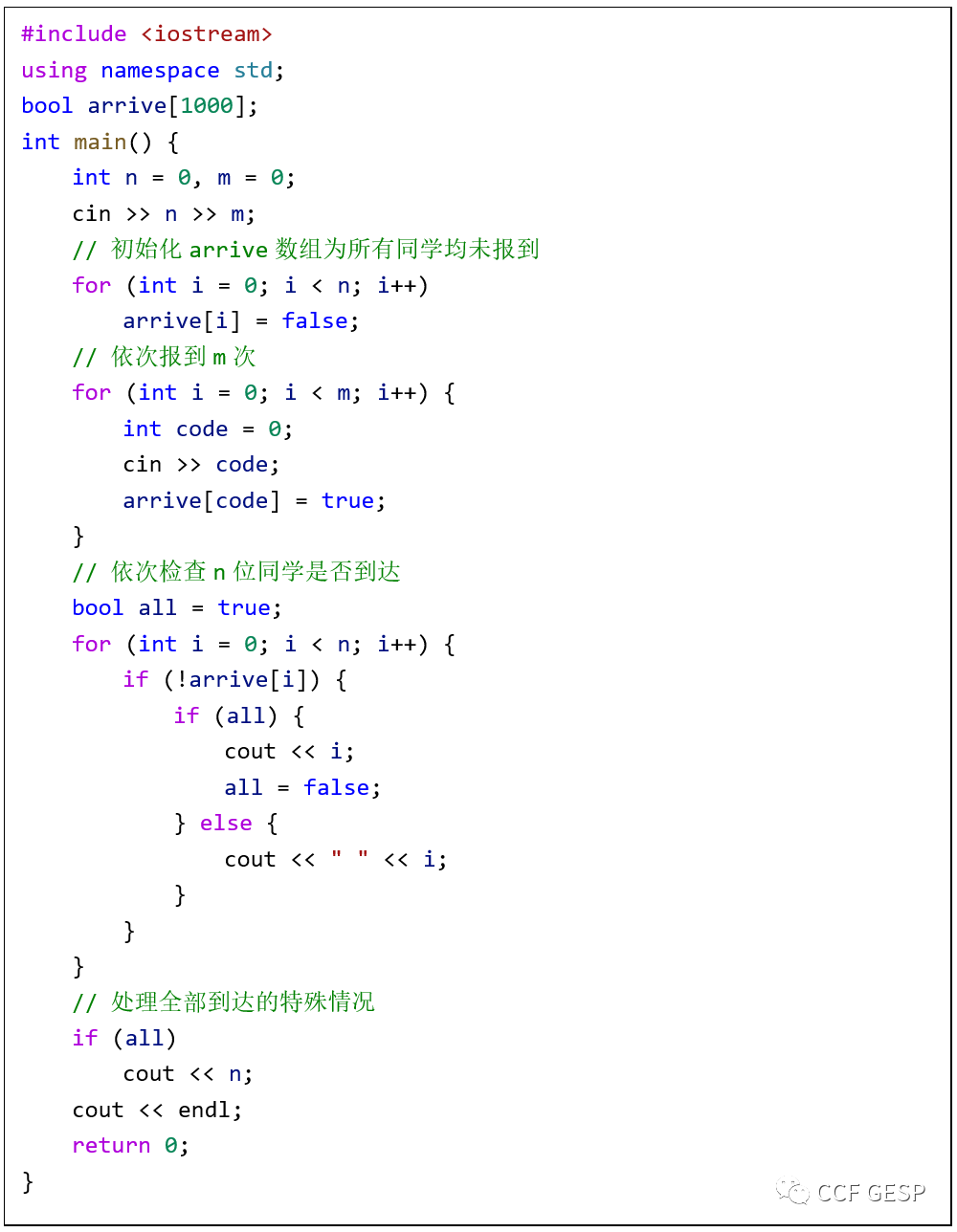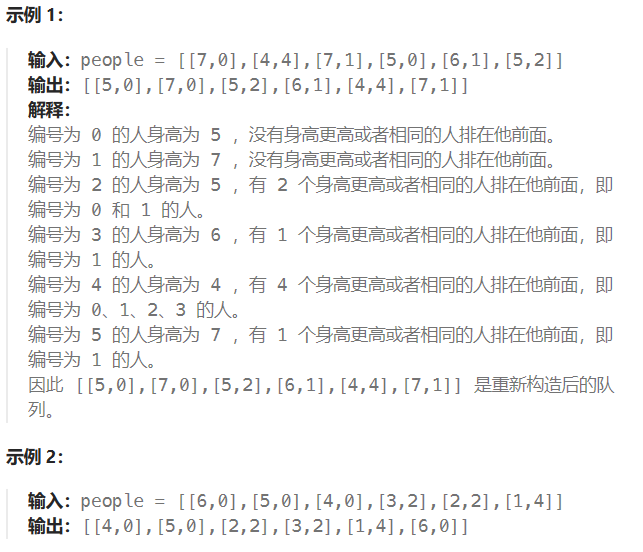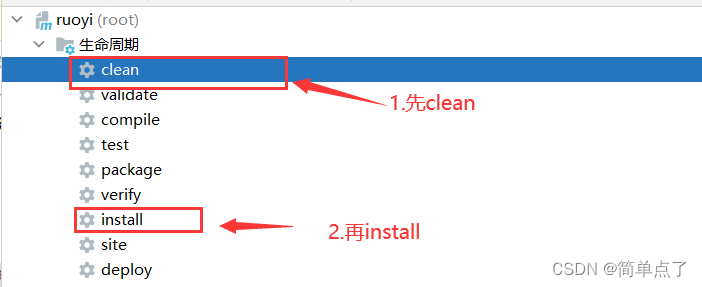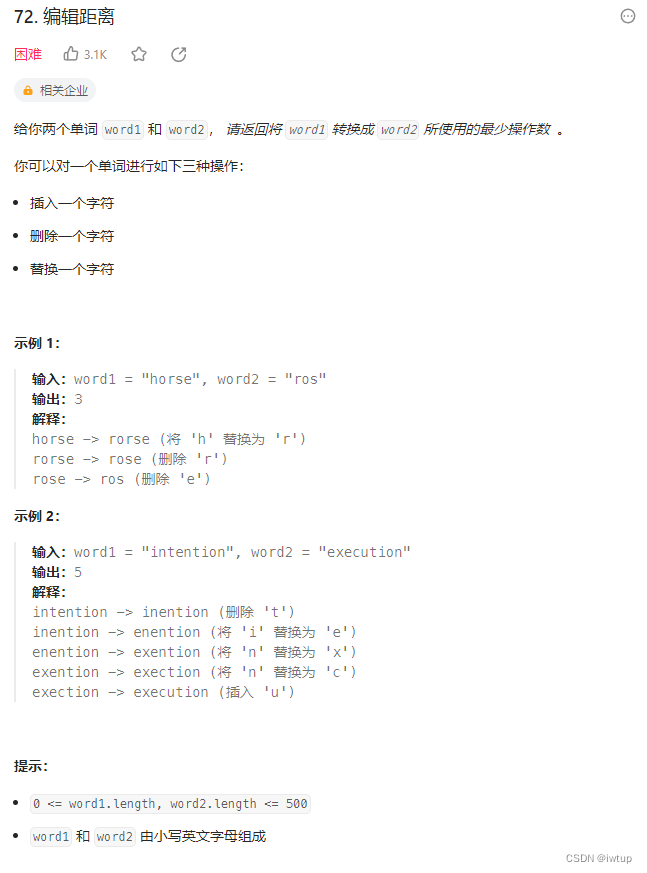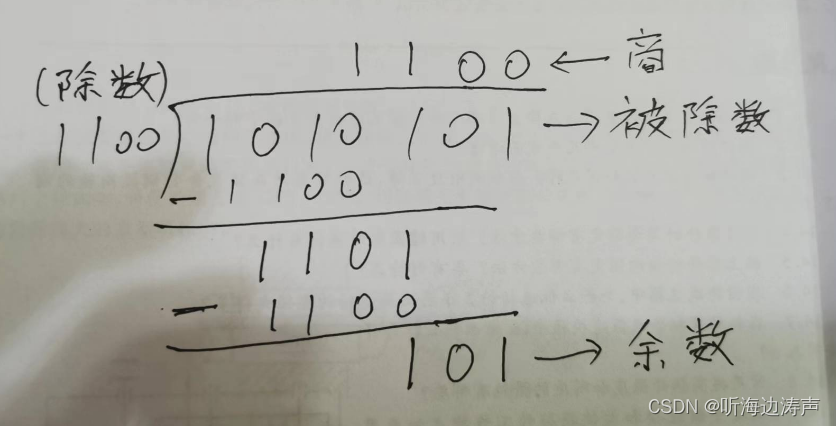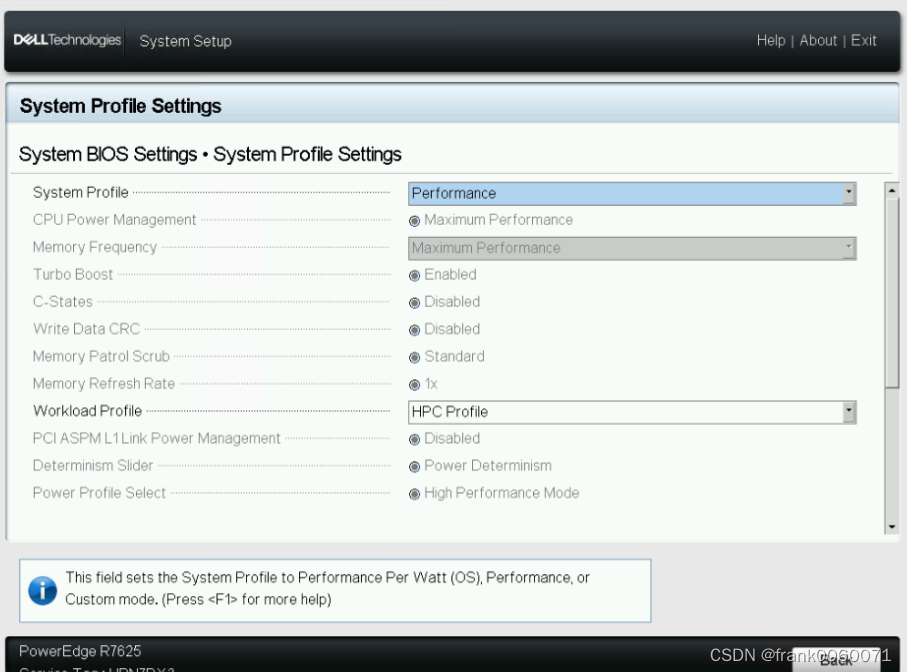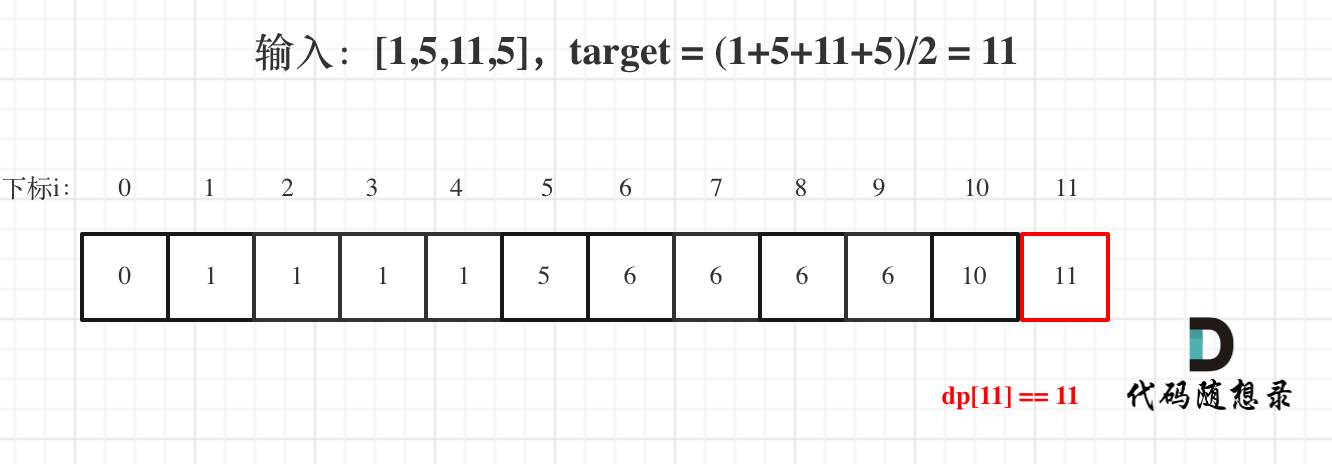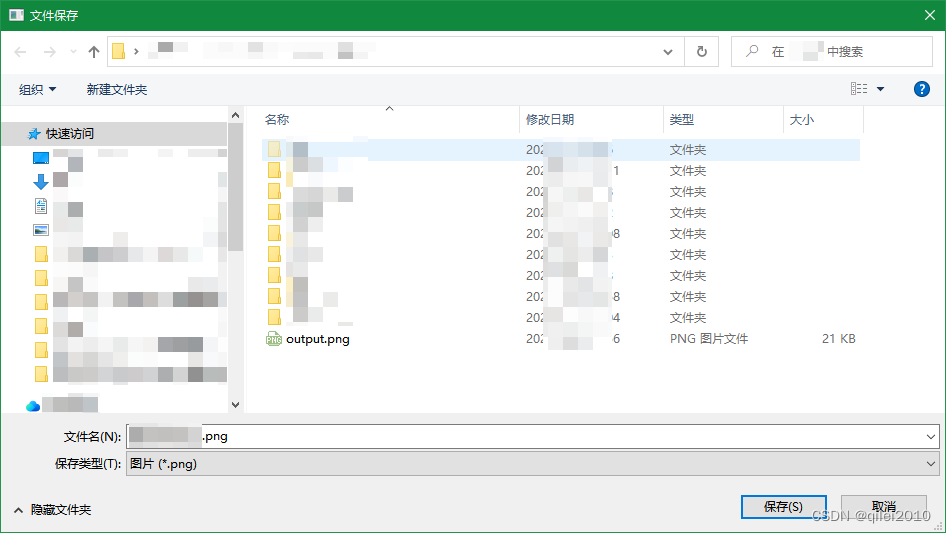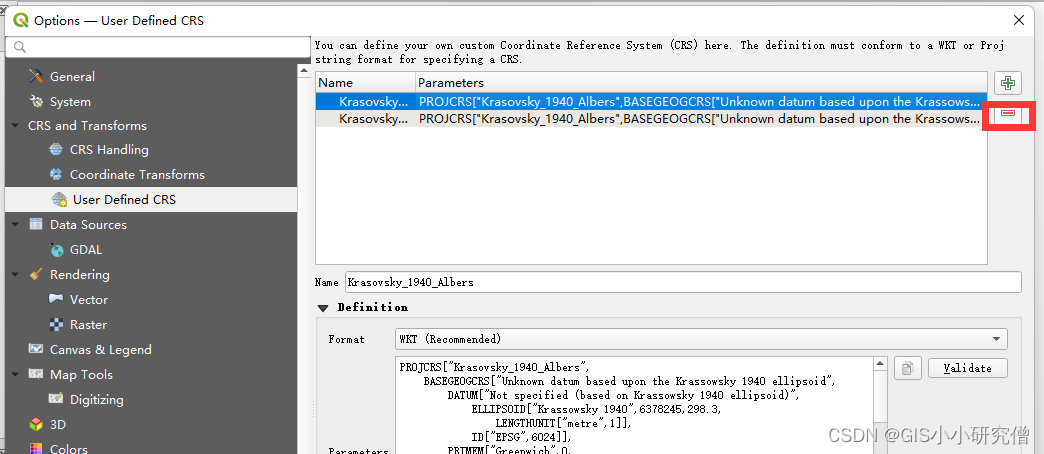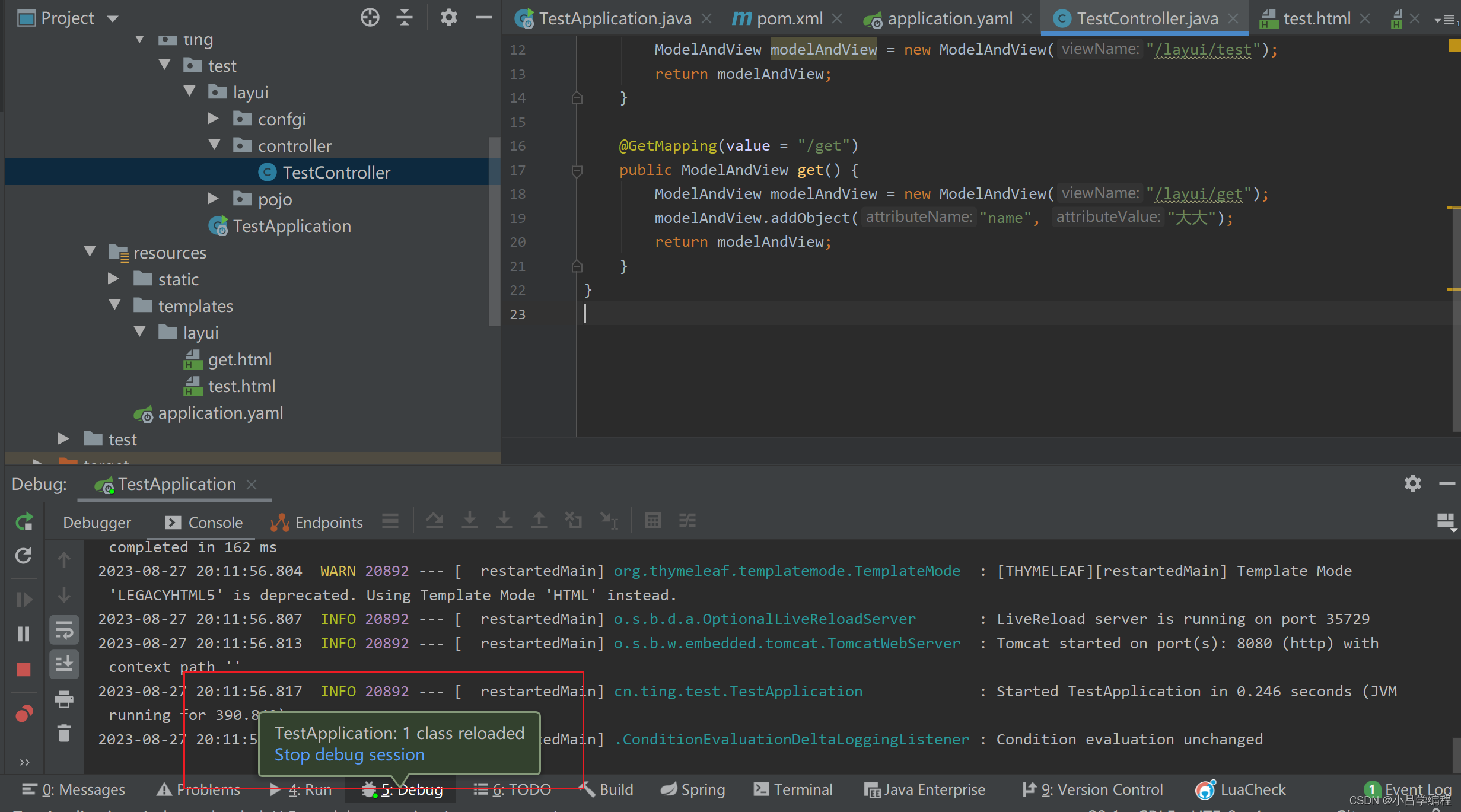⭐ 作者:小胡_不糊涂
🌱 作者主页:小胡_不糊涂的个人主页
📀 收录专栏:浅谈Java
💖 持续更文,关注博主少走弯路,谢谢大家支持 💖
String
- 1. 字符串构造
- 2. String对象的比较
- 3. 字符串查找
- 4. 转化
- 5. 字符串替换
- 6. 字符串拆分
- 7. 字符串截取
- 8. 其他操作方法
- 9. 字符串的不可改变性

1. 字符串构造
String类常用的构造方法:
public class Main {
public static void main(String[] args) {
// 使用常量串构造
String s1 = "hello bit";
System.out.println(s1);
// 直接newString对象
String s2 = new String("hello bit");
System.out.println(s1);
// 使用字符数组进行构造
char[] array = {'h','e','l','l','o','b','i','t'};
String s3 = new String(array);
System.out.println(s1);
}
}
注:
- String是引用类型,内部并不存储字符串本身。
例如:
public static void main(String[] args) {
// s1和s2引用的是不同对象 s1和s3引用的是同一对象
String s1 = new String("hello");
String s2 = new String("world");
String s3 = s1;
System.out.println(s1.length()); // 获取字符串长度---输出5
System.out.println(s1.isEmpty()); // 如果字符串长度为0,返回true,否则返回false
}
上述代码中的s1、s2、s3在虚拟机栈中三者的存储位置都不同,但在堆区中s1和s2所指向的是同一个空间,也就是"hello"的存储空间。
- 在Java中 “” 引起来的也是String类型对象。
例如:
// 打印"hello"字符串(String对象)的长度
System.out.println("hello".length());
2. String对象的比较
字符串的比较是常见操作之一,比如:字符串排序。
Java中总共提供了4中方式:
- ==比较是否引用同一个对象
对于内置类型,== 比较的是变量中的值;对于引用类型 == 比较的是引用中的地址。
例如:
public static void main(String[] args) {
int a = 10;
int b = 20;
int c = 10;
// 对于基本类型变量,==比较两个变量中存储的值是否相同
System.out.println(a == b); // false
System.out.println(a == c); // true
// 对于引用类型变量,==比较两个引用变量引用的是否为同一个对象
String s1 = new String("hello");
String s2 = new String("hello");
String s3 = new String("world");
String s4 = s1;
System.out.println(s1 == s2); // false
System.out.println(s2 == s3); // false
System.out.println(s1 == s4); // true
}
🍤 运行结果:
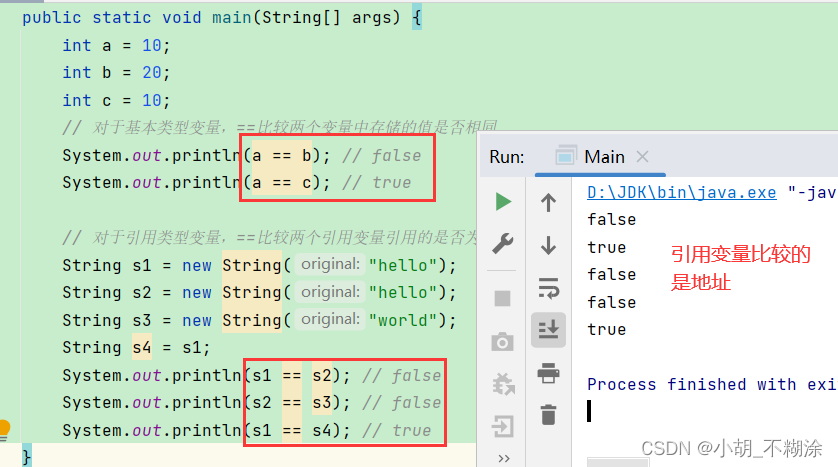
boolean equals(Object anObject)方法:按照字典序比较
字典序:字符大小的顺序
String类重写了父类Object中 equals 方法,Object中 equals 默认按照 == 比较,String重写 equals 方法后,按照如下规则进行比较,比如: s1.equals(s2)
public static void main(String[] args) {
String s1 = new String("hello");
String s2 = new String("hello");
String s3 = new String("Hello");
// s1、s2、s3引用的是三个不同对象,因此==比较结果全部为false
System.out.println(s1 == s2); // false
System.out.println(s1 == s3); // false
// equals比较:String对象中的逐个字符
// 虽然s1与s2引用的不是同一个对象,但是两个对象中放置的内容相同,因此输出true
// s1与s3引用的不是同一个对象,而且两个对象中内容也不同,因此输出false
System.out.println(s1.equals(s2)); // true
System.out.println(s1.equals(s3)); // false
}
equal的比较方式:
public boolean equals(Object anObject) {
// 1. 先检测this 和 anObject 是否为同一个对象比较,如果是返回true
if (this == anObject) {
return true;
}
// 2. 检测anObject是否为String类型的对象,如果是继续比较,否则返回false
if (anObject instanceof String) {
// 将anObject向下转型为String类型对象
String anotherString = (String) anObject;
int n = value.length;
// 3. this和anObject两个字符串的长度是否相同,是继续比较,否则返回false
if (n == anotherString.value.length) {
char v1[] = value;
char v2[] = anotherString.value;
int i = 0;
// 4. 按照字典序,从前往后逐个字符进行比较
while (n-- != 0) {
if (v1[i] != v2[i])
return false;
i++;
}
return true;
}
}
return false;
}
int compareTo(String s)方法: 按照字典序进行比较
equals返回的是boolean类型,而compareTo返回的是int类型。
具体比较方式:
- 先按照字典次序大小比较,如果出现不等的字符,直接返回这两个字符的大小差值
- 如果前k个字符相等(k为两个字符长度最小值),返回值两个字符串长度差值
例如:
public static void main(String[] args) {
String s1 = new String("abc");
String s2 = new String("ac");
String s3 = new String("abc");
String s4 = new String("abcdef");
System.out.println(s1.compareTo(s2)); // 不同输出字符差值-1
System.out.println(s1.compareTo(s3)); // 相同输出 0
System.out.println(s1.compareTo(s4)); // 前k个字符完全相同,输出长度差值 -3
}
int compareToIgnoreCase(String str)方法
与compareTo方式相同,但是忽略大小写比较,例如:
public static void main(String[] args) {
String s1 = new String("abc");
String s2 = new String("ac");
String s3 = new String("ABc");
String s4 = new String("abcdef");
System.out.println(s1.compareToIgnoreCase(s2)); // 不同输出字符差值-1
System.out.println(s1.compareToIgnoreCase(s3)); // 相同输出 0
System.out.println(s1.compareToIgnoreCase(s4)); // 前k个字符完全相同,输出长度差值 -3
}
3. 字符串查找
常用查找的方法:
| 方法 | 功能 |
|---|---|
| char charAt(int index) | 返回index位置上字符,如果index为负数或者越界,抛出IndexOutOfBoundsException异常 |
| int indexOf(int ch) | 返回ch第一次出现的位置,没有返回-1 |
| int indexOf(int ch, int fromIndex) | 从fromIndex位置开始找ch第一次出现的位置,没有返回-1 |
| int indexOf(String str) | 返回str第一次出现的位置,没有返回-1 |
| int indexOf(String str, int fromIndex) | 从fromIndex位置开始找str第一次出现的位置,没有返回-1 |
| int lastIndexOf(int ch) | 从后往前找,返回ch第一次出现的位置,没有返回-1 |
| int lastIndexOf(int ch, int fromlndex) | 从fromIndex位置开始找,从后往前找ch第一次出现的位置,没有返回-1 |
| int lastIndexOf(Stringstr) | 从后往前找,返回str第一次出现的位置,没有返回-1 |
| int lastIndexOf(String str, int fromlndex) | 从fromIndex位置开始找,从后往前找str第一次出现的位置,没有返回-1 |
实例:
public static void main(String[] args) {
String s = "aaabbbcccaaabbbccc";
System.out.println(s.charAt(3)); // 'b'
System.out.println(s.indexOf('c')); // 6
System.out.println(s.indexOf('c', 10)); // 15
System.out.println(s.indexOf("bbb")); // 3
System.out.println(s.indexOf("bbb", 10)); // 12
System.out.println(s.lastIndexOf('c')); // 17
System.out.println(s.lastIndexOf('c', 10)); // 8
System.out.println(s.lastIndexOf("bbb")); // 12
System.out.println(s.lastIndexOf("bbb", 10)); // 3
}
4. 转化
- 数值和字符串转化
public static void main(String[] args) {
// 数字转字符串
String s1 = String.valueOf(1234);
String s2 = String.valueOf(12.34);
String s3 = String.valueOf(true);
System.out.println(s1);//"1234"
System.out.println(s2);//"12.34"
System.out.println(s3);//"true"
System.out.println("=================================");
// 字符串转数字
// Integer、Double等是Java中的包装类型
int data1 = Integer.parseInt("1234");
double data2 = Double.parseDouble("12.34");
System.out.println(data1);//1234
System.out.println(data2);//12.34
}
- 大小写转换
public static void main(String[] args) {
String s1 = "heLlo";
String s2 = "HELLO";
// 小写转大写
System.out.println(s1.toUpperCase());//HELLO
// 大写转小写
System.out.println(s2.toLowerCase());//hello
}
- 字符串转数组
public static void main(String[] args) {
String s = "hello";
// 字符串转数组
char[] ch = s.toCharArray();
for (int i = 0; i < ch.length; i++) {
System.out.print(ch[i]);
}
System.out.println();
// 数组转字符串
String s2 = new String(ch);
System.out.println(s2);
}
- 格式化
//格式化
public static void main(String[] args) {
String s = String.format("%d-%d-%d", 2019, 9,14);
System.out.println(s);//2019-9-14
}
5. 字符串替换
使用一个指定的新的字符串替换掉已有的字符串数据,可用的方法如下:
| 方法 | 功能 |
|---|---|
| String replaceAll(String regex, String replacement) | 替换所有的指定内容 |
| String replaceFirst(String regex, String replacement) | 替换首个内容 |
实例:
public static void main(String[] args) {
String str = "helloworld" ;
System.out.println(str.replaceAll("l", "_"));//he__owor_d
System.out.println(str.replaceFirst("l", "_"));//he_loworld
}
🍩字符串是不可变对象,替换-不修改当前字符串,而是产生一个新的字符串。
6. 字符串拆分
可以将一个完整的字符串按照指定的分隔符划分为若干个子字符串。可用方法如下:
| 方法 | 功能 |
|---|---|
| String[] split(String regex) | 将字符串全部拆分 |
| String[] split(String regex, int limit) | 将字符串以指定的格式,拆分为limit组 |
实例:实现字符串的拆分处理
public static void main(String[] args) {
String str = "hello world" ;
String[] result = str.split(" ") ; // 按照空格拆分
for(String s: result) {
System.out.println(s);
}
}
🍤 运行结果:

实例:字符串的部分拆分
public static void main(String[] args) {
String str = "hello beautiful world " ;
String[] result = str.split(" ",2) ;
for(String s: result) {
System.out.println(s);
}
}
🍤 运行结果:

🍩有些特殊字符作为分割符可能无法正确切分,需要加上转义。
实例:拆分IP地址
public static void main(String[] args) {
String str = "192.168.1.1" ;
String[] result = str.split("\\.") ;
for(String s: result) {
System.out.println(s);
}
}
🍤 运行结果:
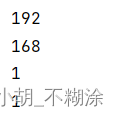
注:
- 字符"|“,”*“,”+"都得加上转义字符,前面加上 “\” 。
- 而如果是 “” ,那么就得写成 “\\” 。
- 如果一个字符串中有多个分隔符,可以用"|"作为连字符。
实例:多次拆分
public static void main(String[] args) {
String str = "name=zhangsan&age=18" ;
String[] result = str.split("&") ;
for (int i = 0; i < result.length; i++) {
String[] temp = result[i].split("=") ;
System.out.println(temp[0]+" = "+temp[1]);
}
}
🍤 运行结果:

7. 字符串截取
从一个完整的字符串之中截取出部分内容。可用方法如下:
| 方法 | 功能 |
|---|---|
| String substring(int beginIndex) | 从指定索引截取到结尾 |
| String substring(int beginIndex, int endIndex) | 截取部分内容 |
实例:
public static void main(String[] args) {
String str = "helloworld" ;
System.out.println(str.substring(5));
System.out.println(str.substring(0, 5));
}
🍤 运行结果:

注:
- 索引从0开始。
- 注意前闭后开区间的写法,substring(0,5) 表示包含 0 号下标的字符,不包含 5 号下标。
8. 其他操作方法
| 方法 | 功能 |
|---|---|
| String trim() | 去掉字符串中的左右空格,保留中间空格 |
| String toUpperCase() | 字符串转大写 |
| String toLowerCase() | 字符串转小写 |
实例:trim()方法的使用
public static void main(String[] args) {
String str = " hello world " ;
System.out.println("["+str+"]");
System.out.println("["+str.trim()+"]");
}
🍤 运行结果:

🍩trim 会去掉字符串开头和结尾的空白字符(空格、换行、制表符等)。
实例:大小写转换
public static void main(String[] args) {
String str = " hello%$$%@#$%world 哈哈 " ;
System.out.println(str.toUpperCase());
System.out.println(str.toLowerCase());
}
🍤 运行结果:

9. 字符串的不可改变性
String是一种不可变对象. 字符串中的内容是不可改变。字符串不可被修改,是因为:
- String类在设计时就是不可改变的,它的内容在创建好之后就不能被修改。
String类中的字符实际保存在内部维护的value字符数组中;
String类被final修饰,表明该类不能被继承;
value被修饰被final修饰,表明value自身的值不能改变,即不能引用其它字符数组,但是其引用空间中的内容可以修改。
- 所有涉及到可能修改字符串内容的操作都是创建一个新对象,改变的是新对象
final修饰类表明该类不想被继承,final修饰引用类型表明该引用变量不能引用其他对象,但是其引用对象中的内
容是可以修改的。
为什么String要设计成不可变的?
- 方便实现字符串对象池。如果 String 可变,那么对象池就需要考虑写时拷贝的问题了。
- 不可变对象是线程安全的。
- 不可变对象更方便缓存 hash code,作为 key 时可以更高效的保存到 HashMap 中。


